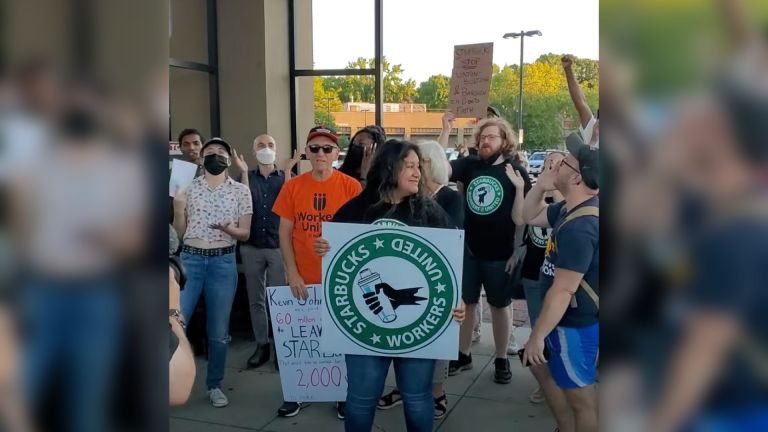
Long Island unions now have a larger share of the workforce than New York City, according to a new Hofstra University report.
“The State of New York Unions 2022” was released by Hofstra’s Center for the Study of Labor and Democracy on Labor Day. The non-profit research institute seeks to increase public understanding of working-class issues.
According to the report, labor unions on Long Island have gained thousands of new members in the last three years, with 336,246 (26.5%) employed residents enrolled in unions by 2021. The nation, including New York City, actually lost union members and lags.
Of all the major metro areas in the United States, the downstate New York metropolitan area currently has the highest union membership rate. Nearly one-fifth, or 21.4 percent of the metro area’s wage and salary workers are union members, over double the national average outside of New York.
Author Gregory DeFreitas, a professor of economics at Hofstra University and the director of the Center for the Study of Labor and Democracy, tracked changes in union membership before, during and after the COVID-19 pandemic. He also provided assessments based on sex, age, race, ethnicity, immigration status and industry.
“At a time when inflation and pandemic job pressures have pushed public approval of unions to the highest levels in decades, workers across the country – and even in traditional labor-friendly towns like New York – are still struggling uphill to win union rights and representation,” he said. “That’s indicative of successful corporate union-busting strategies and of conservative politicians’ refusal to allow labor law reforms to level the playing field.”
Last month, in Great Neck nearly 100 people rallied outside a Great Neck Plaza Starbucks, advocating for a fired employee and union leader to be rehired by the company.
Other report findings concluded that unlike the city Long Island’s women are more likely to be union members. On the island, the rates of union density are now greater than they have been since the Great Recession.
The assessment revealed the average rate of union membership in New York City and Long Island is also higher than the national average for all ages. The largest age group, millennials, are about twice as likely to be union members as their contemporaries.
The white male union share on Long Island is 34%. But a growing majority of union workers are now women as well as men of color.
Long Island immigrants make up only 17% of the workforce and they are less likely to be union members. But, before COVID-19, the proportion of immigrants in unions increased by over 17,000 (up 43%). Immigrants who had recently joined unions accounted for 43.7% of the Island’s latest union surge.
Unions in the public sector represent the greatest percentage of any major metro area, with about two-thirds of workers in New York City and Long Island. On Long Island, 237,400 public sector employees (68%) are currently members of a union, a rate that has remained consistent over the past decade.
The report revealed that wages at unionized firms in the New York City/Long Island metro area are typically 12–13% higher than nonunion pay.






